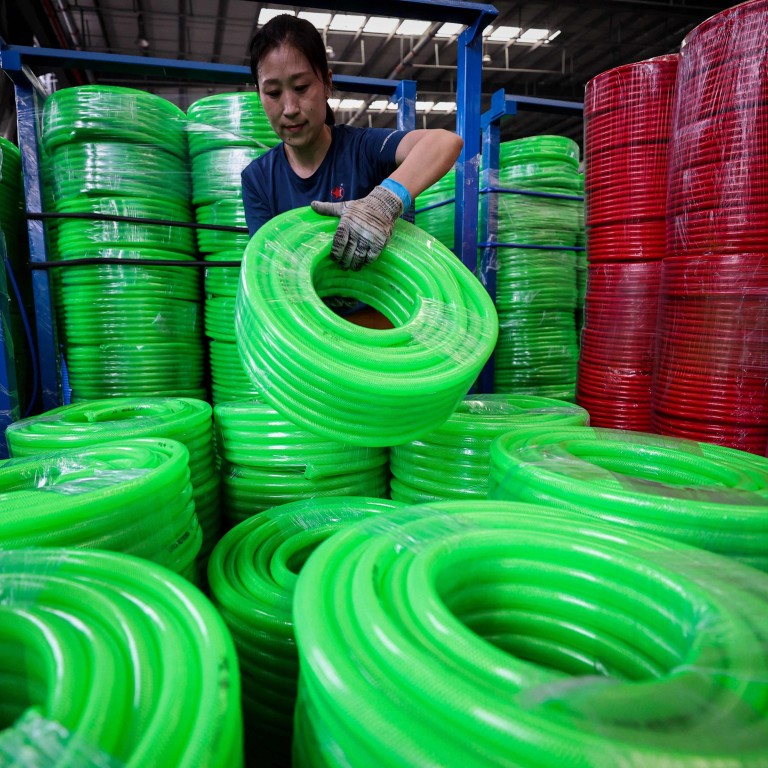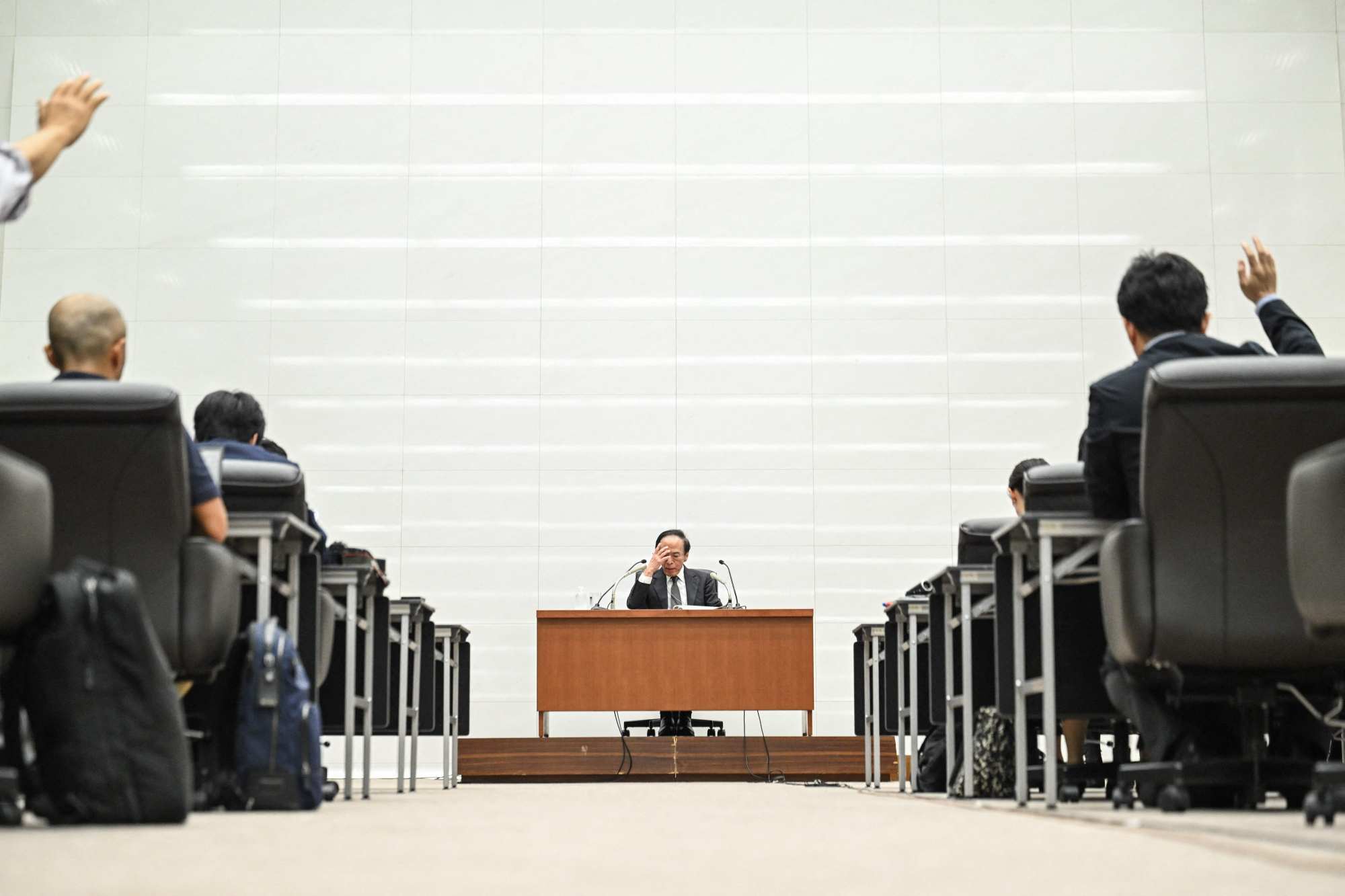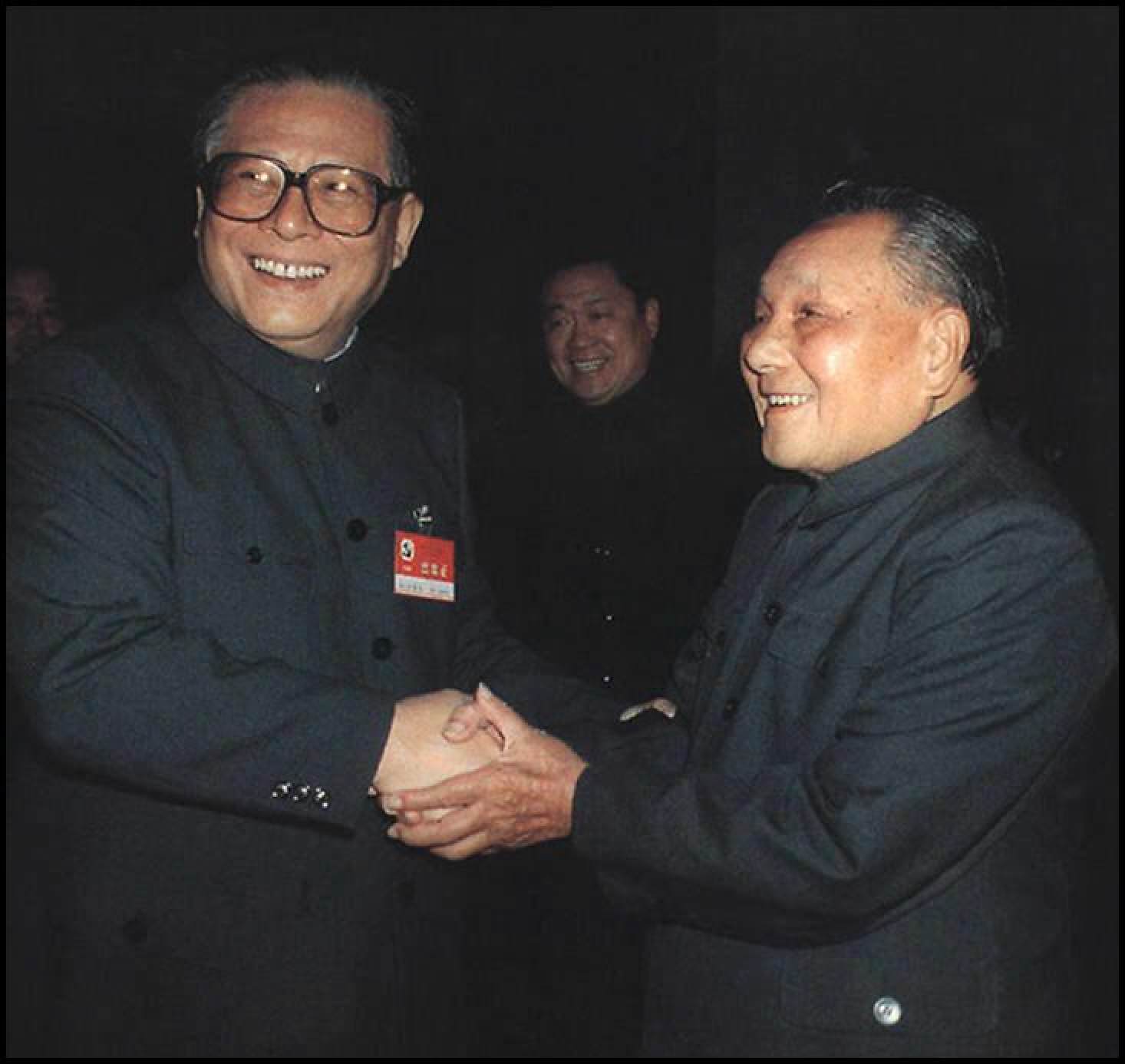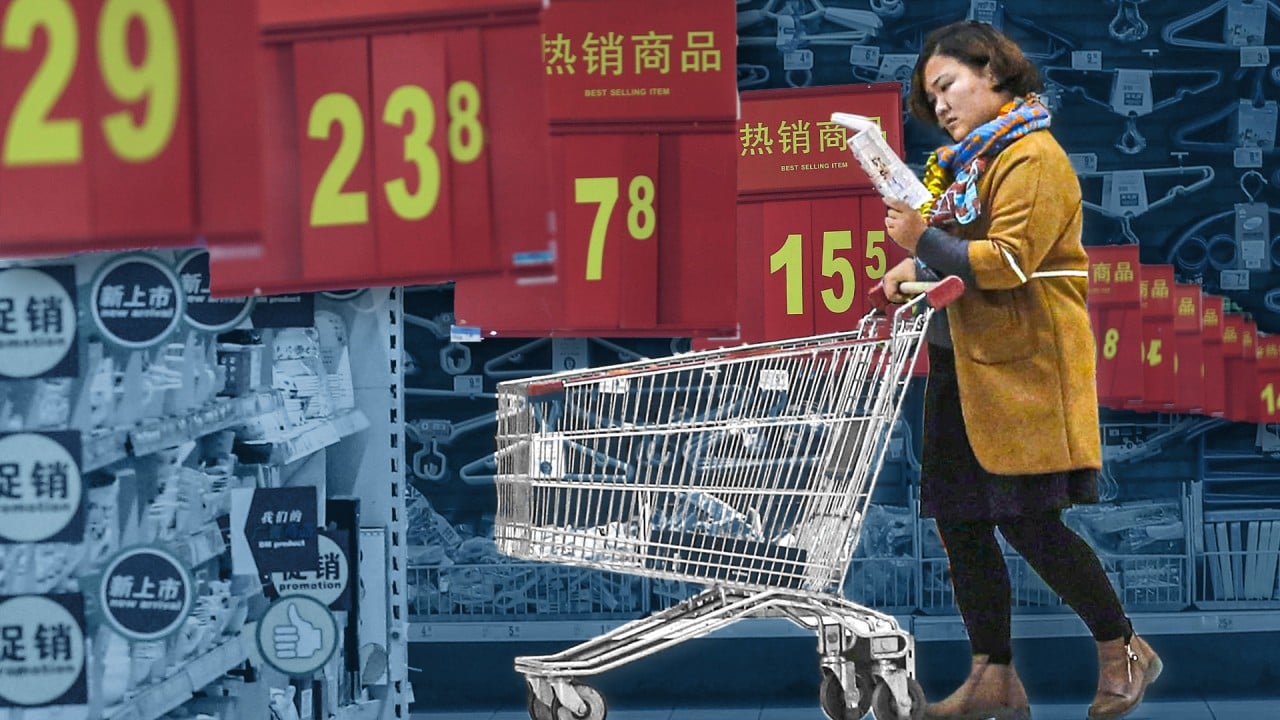
How China’s slowdown is shaking up Asia’s economic calculus
- China’s struggles are injecting uncertainty into its neighbours and forcing reassessments when the geopolitical scene is already strained
For Ueda to feel comfortable tapping the brakes, he must believe China will add more economic energy than its domestic troubles are subtracting. So far, there is scant evidence that’s going to happen in 2024.
China’s challenges arguably loom largest of all. In April, the Asian Development Bank warned that China’s stumble could bring “spillovers to trading partners” and limit healthy growth across the region.
The US dollar’s latest rally has Asia engaging in something of a reverse currency war. Governments are working to strengthen exchange rates to limit the risks of importing inflation and reduce the odds of another capital flight.
That is why Japan’s central bank remains trapped in quantitative easing quicksand. Since taking the helm in April 2023, Ueda has passed up every chance his team has had to normalise rates. Now, as China slows, Japan might have missed its window to unwind its US$5 trillion balance sheet.

Whether China would fare better with ultra-loose policies than Japan is anyone’s guess. As we learned from Japan, though, quantitative easing can’t resurrect animal spirits unless policymakers cut bureaucracy, modernise labour markets, increase productivity and empower the female half of the population.
As officials in Beijing drag their feet, economists across Asia will find themselves at the drawing board reducing growth prospects while governments are scrambling for new drivers of growth.
William Pesek is a Tokyo-based journalist and author of “Japanization: What the World Can Learn from Japan’s Lost Decades”


Beijing can restore private sector confidence with another third plenary ‘magic touch’
- Deng Xiaoping and Jiang Zemin used third plenary sessions to usher in new eras of growth. Beijing should do it again.
The third plenary session of a central committee has long been associated with change and hope.
Next month, the key Communist Party meeting is set to tackle some big issues such as “deepening comprehensive reform”, “promoting the Chinese way of modernisation” and “building up a high-level socialist market economic system”. While the detailed agenda and the exact date of the Third Plenary Session of the 20th Central Committee are unknown, few doubt its significance for China’s future.
At the third plenary session of the 11th central committee in 1978, then leader Deng Xiaoping told the party to focus on economic development instead of class struggle, sidelining Mao Zedong’s chosen heir Hua Guofeng and throwing the “Two Whatevers” dogma of adhering to Maoist policies into the dustbin.

In 1993, the third plenary session of the 14th central committee under former President Jiang Zemin declared that China’s aim is to set up “a socialist market economy system”.
The seemingly contradictory phrase was effectively a rejection of central planning in favour of pursuing a market economy. It removed the ideological barriers to shutting down loss-making state-owned enterprises and negotiating with developed countries to participate more broadly in the global economic order. It also opened the door for the country’s capitalists to join the Communist Party.
These two meetings proved so successful in engineering China’s economic ascent that hopes are once again high for similar magic to emerge from another third plenary session.
The country is in need of change more than any time since 1978, as it searches for new growth momentum in the face of a long list of challenges – including a slow post-pandemic economic recovery, high youth unemployment, unsustainable local government debt, a nationwide housing market downturn, rising tensions with major trade partners, and a plunging birth rate.
Beyond initiating important policy shifts, the 1978 and 1993 meetings are also remembered for their consensus building. Ideological debates were put on the back burner to focus on achieving pragmatic goals. The country was no longer being pulled apart by divergent political pursuits, and Chinese citizens were now able to get on the same page about what was considered important.
China is much richer than in 1978 and much more powerful than in 1993. But over the last couple of years, policy overreach and a slew of missteps have left investors scratching their heads about the country’s direction.
China’s private capital owners, for instance, were reminded three years ago that the country would have a “red and green light” system for investments, i.e. certain economic sectors or projects will not take their money. Many investors have reasonably taken a wait-and-see approach to avoid a “red light”, but there has been little follow-up, leaving people in the dark about where those lines are.
Weak investor and consumer confidence is an underlying problem for China’s economy, caused partly by a lack of trust that circumstances will improve in the future.
This is not helped by Beijing’s promise to treat the private sector “fairly”, as the division of “public ownership” and “non-public ownership” only emphasises that they are receiving different treatment. The idea that private capital is not trustworthy and profit-seeking must be checked by state power has been an overriding assumption of China’s economic policies in recent years.
Suppressing private capital and market forces, of course, will not help China fix its problems. It is the opposite of the traditional focus of China’s economic reform process: using deregulation and privatisation to unleash the country’s entrepreneurial spirit.
The third plenary will have a lot of important items on the agenda, from the fiscal relationship between central and local authorities to the improvement of the country’s fragmented welfare system. But it is also a good chance to fill in the trust gap that has emerged by removing the ideological labels put on private capital and its owners.









